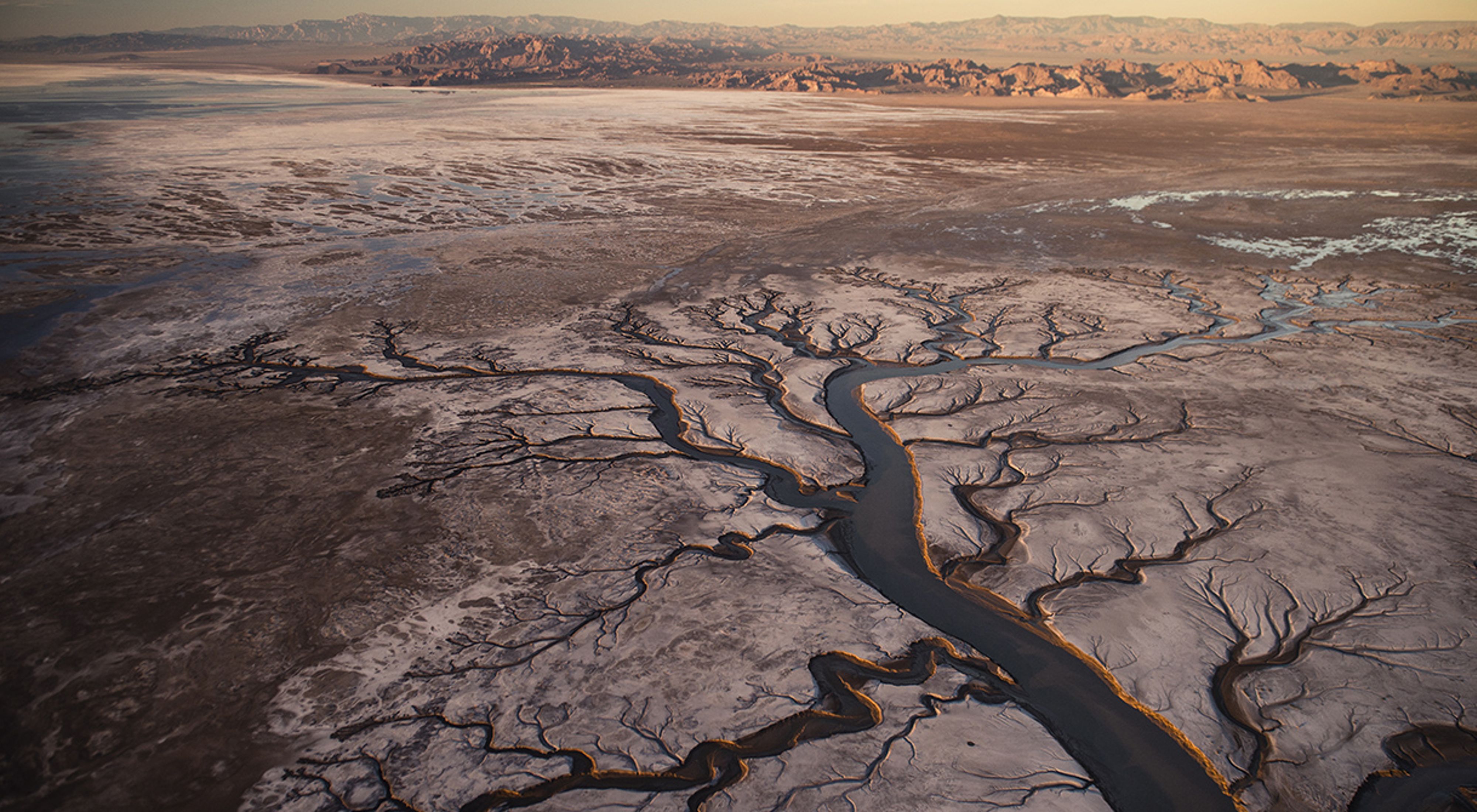By Aaron Derwingson, Colorado River Agricultural Outreach Coordinator
“Why doesn’t agriculture use water more efficiently? Won’t that help fix our water problems.”
That’s the most common question I get when I talk about our work partnering with agricultural water users to improve stream flows.
And it’s a fair question. With most of our water in the Colorado River Basin used for irrigation, it seems intuitive that improving efficiency would help stretch our precious water resources—just like buying a more fuel-efficient vehicle or upgrading your home’s furnace would help reduce your energy use. With water, however, it’s not that simple. If we want to know which changes will help make a difference, the first thing we need to do is understand the water budget.
WATER BUDGET
Like any other budgeting system, a water budget helps track where and how water is being used. You can balance your monthly household budget by looking at your inputs like income and subtracting withdrawals like rent and groceries. Balancing a water budget is similar. You’ve got inputs like stream flow or reservoir levels and you’ve got withdrawals like water taken out for towns and cities, industry and agriculture. Water also needs to stay in the stream for fish and wildlife and recreation, and we need to account for that as well. Since there is only so much water to go around, if we want to improve streams flows, we have to understand what aspect of the water budget has to change and what the implications of that change will be for other water users.
THREE THINGS THAT MAKE DEFINING A WATER BUDGET CHALLENGING.
- Understanding the difference between water withdrawals and water consumption: In agriculture, water withdrawals are the amount of water taken out of the system—usually by a pump, ditch or canal. Water consumption is the amount that is used by a growing crop, taken up by the roots and converted into plant mass and water vapor. Of the water withdrawn from the system for irrigation, only a portion is consumed. What happens to the rest depends on geographic specifics, but a significant portion returns to the system and is available for other uses.
- Separating water efficiency from water conservation: Efficiency is defined as the ratio of water withdrawn to water consumed. If you improve efficiency by piping an old earthen canal or converting from flood irrigation to sprinklers, you can reduce the amount of water withdrawn, but the plant still consumes the same amount. For water conservation to happen, you need to reduce that consumption by growing fewer plants, growing them only for a portion of the season, or growing plants that use less water.
- Measuring the different aspects of water withdrawals and consumption: Accurate measurement is essential for understanding the full water budget and knowing where we can make an effective change.
WHAT CAN BE DONE?
The Colorado River Basin is facing a future with growing water demands and a supply that is predicted to decline by up to 30%. Both efficiency and conservation will be important tools but need to be tailored to local circumstances.
This is where the science-based, partnership-focused approach of The Nature Conservancy can work best.
- In Arizona, the Conservancy worked with farmers to convert to drip irrigation, which created water efficiency savings that helped restore needed flows to the Verde River.
- In eastern Utah, the Conservancy is working with a program that compensates farmers for rotational fallowing to help restore flows in the Price River.
- In Wyoming, many important wetland areas are reliant on inefficient flood irrigation. Our science team is working to better understand this connection to inform decisions about where efficiency improvements make the most sense and won’t have negative impacts.
- In Colorado, we are working with researchers at Colorado State University and several landowners to understand the long-term agricultural impacts of rotational fallowing and the potential water savings.
KNOW YOUR RIVER, KNOW YOUR BUDGET
We face an enormous challenge in working to protect and restore rivers and streams throughout the Colorado River Basin, but I remain optimistic about the future and our ability to bring good science and good people together to create a future where agriculture, cities, and the river can all thrive.

